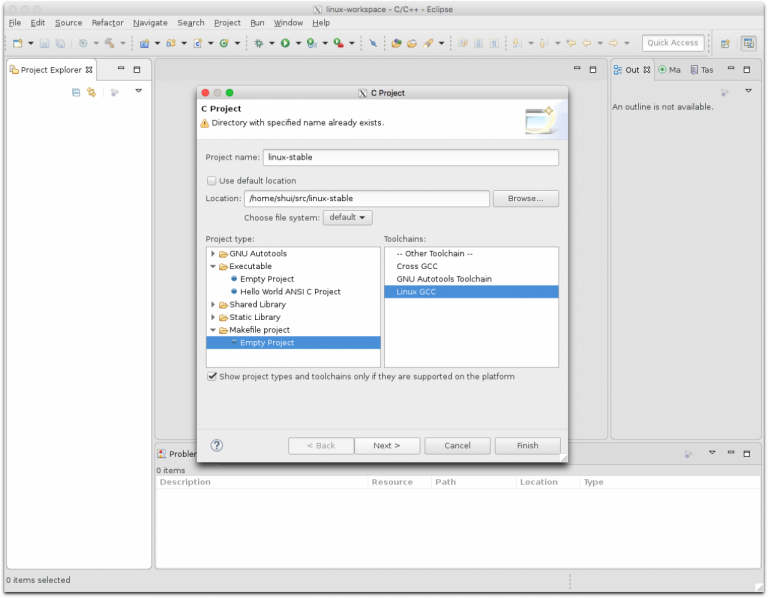
Sample output: $ sudo lshw -class processor To view processor information with lshw, simply run: $ sudo lshw -class processor
#Bash return proc cpuinfo install#
For example, run the following command to install lshw on Debian, Ubuntu, Pop_OS!: $ sudo apt install lshw lshw-gtk If it is not installed for any reason, you can install lshw on your machine using the default package manager. It comes pre-installed on most Linux distributions. The lshw utility has both commandline and graphical interface. It can get the hardware details such as exact memory configuration, firmware version, mainboard configuration, CPU version and speed, cache configuration, bus speed etc. Lshw (Hardware Lister) is a full-featured CLI utility that provides detailed information on the hardware configuration of a Linux system. For instance, to display the processor family, run: $ cat /proc/cpuinfo | grep "cpu family" Method 3 - View processor information using lshw So you will get output much longer than lscpu.Īs we saw earlier, we can also filter specific CPU details from /proc/cpuinfo file using grep command. Unlike the lscpu command, this will display information about each CPU core. $ cat /proc/cpuinfoĬheck CPU information in Linux using cpuinfo file So, we can simply display the contents of this file using cat command to check CPU details in Linux. Method 2 - Find CPU information in Linux using /proc/cpuinfo fileĪs I mentioned in the previous section, lscpu gathers the processor details from /proc/cpuinfo file. To learn more about Intel processor numbers, refer this link. In this case, my processor is 2nd generation. 2350M) following the "i3-" part in the above output? The first 2 after i3 shows the processor generation. Find Processor generation in Linuxĭid you notice the numbers (i.e. Similarly, you can find other CPU details, for example number of CPU cores, like below: $ lscpu | grep -i "CPU(s)"

If you want to display only the processor model, run: $ lscpu | grep -i "Model name:" | cut -d':' -f2. You can also narrow down the results using grep command to filter a specific detail, for example model name, like below: $ lscpu | grep -i 'Model name' Display specific CPU information using lscpu in LinuxĪs you can see, lscpu displays complete information about your CPU. Model name: Intel(R) Core(TM) i3-2350M CPU 2.30GHzĬheck CPU information in Linux using lscpu command 1.1.

To find CPU information in Linux using lscpu command, simply run it without any options: $ lscpuĪddress sizes: 36 bits physical, 48 bits virtual The lscpu command is part of the util-linux package, so don't bother with installation. It will also retrieves information about the CPU caches and cache sharing, family, model, bogoMIPS, byte order, and stepping etc.

The lscpu command gathers the CPU details such as number of CPUs, threads, cores, sockets, and Non-Uniform Memory Access (NUMA) nodes. The lscpu command line utility collects CPU architecture information from sysfs and architecture-specific libraries like /proc/cpuinfo. Method 1- Check CPU information using lscpu Now we gotta setup the crontab for scheduling it.All methods given below are tested in Ubuntu 20.04 LTS desktop system. You can check if your script works well with this command: $ sudo /usr/local/bin/monitoring.sh The messages can be either typed on the terminal or the contents of a file.Īdd the rule that script could be executed without sudo passwordĪdd this line: $ your_username ALL=(root) NOPASSWD: /usr/local/bin/monitoring.shĪnd the reboot the system with : $ sudo reboot wall “some message” → is a command-line utility that displays a message on the terminals of all logged-in users.(If sudo is logged in, it is written with the number of sudo usage of other users otherwise, it gives as much information as the sudo command used by the current user.) cmds=$(journalctl _COMM=sudo | grep COMMAND | wc -l) → Returns the number of commands run with sudo.
#Bash return proc cpuinfo mac#
#!/bin/bash arc=$(uname -a) pcpu=$(grep “physical id” /proc/cpuinfo | sort | uniq | wc -l) vcpu=$(grep “^processor” /proc/cpuinfo | wc -l) fram=$(free -m | awk ‘$1 = “Mem:” ’) → Gives the server’s MAC Address. Let’s take a look at our script below and dive into it. ( Setting Up Crontab )Ĭreate script file under this directory as: /usr/local/bin/monitoring.sh If you are already familiar with bash, you might skip this part and directly jump next section.


 0 kommentar(er)
0 kommentar(er)
